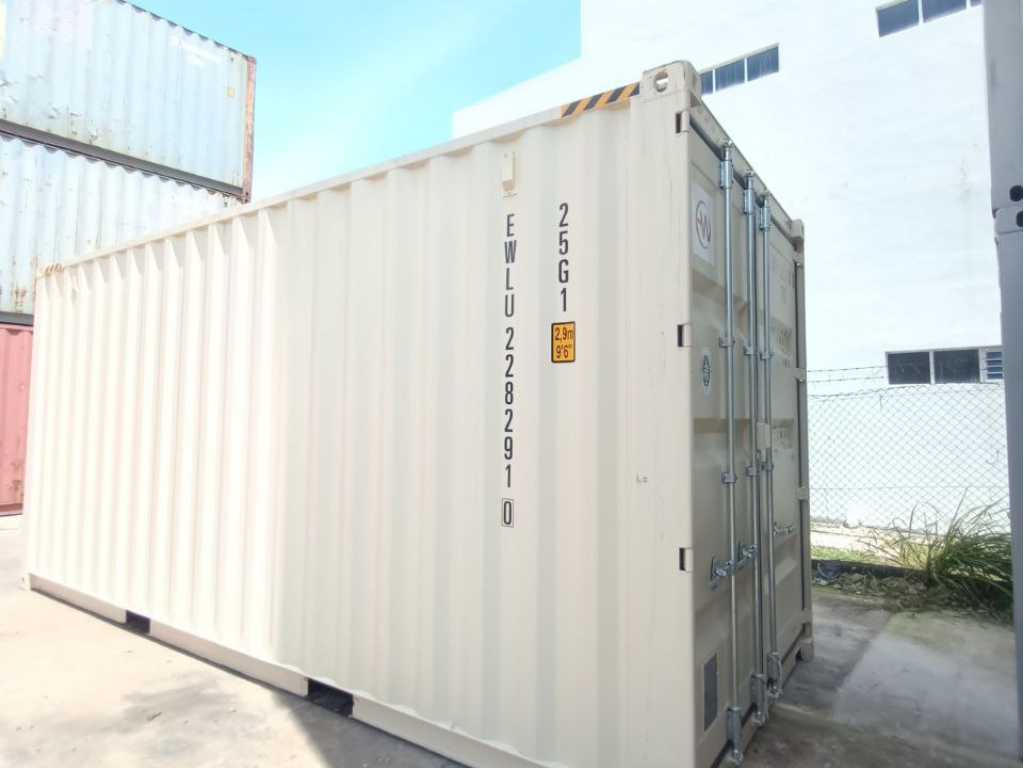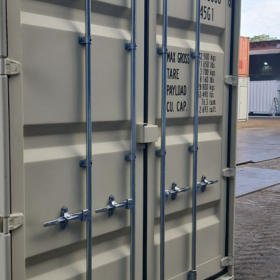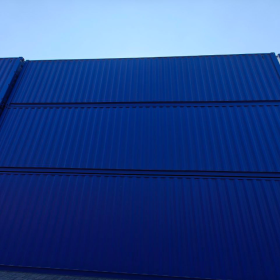Exploring the World of Shipping Container Gardening: A Sustainable, Space-Saving Solution
As urban spaces grow increasingly crowded, finding creative ways to cultivate plants and grow your own food has become essential. One such innovative solution is shipping container gardening, a method that utilizes recycled shipping containers as gardening platforms. Whether you’re a city dweller with limited space or a green thumb seeking new ways to expand your garden, container gardening offers numerous benefits. From sustainability and cost-effectiveness to flexibility and portability, this modern approach to gardening can transform even the smallest spaces into lush, productive environments.
The Rise of Shipping Container Gardening
Shipping container gardening is a concept that merges urban agriculture with eco-friendly practices. These sturdy, weather-resistant containers, originally designed for transporting goods across oceans, are now being repurposed as planters, greenhouses, and even full-fledged gardens. By reusing these containers, you’re reducing waste and making use of a resource that might otherwise end up in a landfill.
Urbanization has led to shrinking backyards and limited outdoor space, making container gardening an attractive option for city dwellers. Whether you’re growing flowers, herbs, vegetables, or fruits, a shipping container garden can accommodate it all.
Why Shipping Container Gardening?
- Sustainable and Eco-Friendly One of the most compelling reasons to explore shipping container gardening is its positive environmental impact. Shipping containers, after completing their shipping cycles, are often abandoned or sold as scrap. Repurposing them for gardening reduces waste and promotes sustainability. Plus, because you’re growing your plants in a controlled environment, it’s easier to practice eco-friendly gardening techniques like composting and using rainwater for irrigation.
- Space-Saving Solution For urban gardeners with limited land, shipping container gardening offers a compact solution. Instead of needing a large plot of land, you can set up a productive garden within the confines of a single shipping container. Vertical gardening techniques, like stacking planters or installing trellises, can help you maximize the available space. This makes container gardening ideal for balconies, rooftops, or other small urban areas.
- Mobility and Flexibility Shipping containers are highly portable, offering a level of mobility that traditional gardens can’t match. If you’re renting an apartment or planning to move in the future, your garden can easily come with you. You can also rearrange your container garden as needed, depending on factors like sunlight, weather, or space requirements. This flexibility allows gardeners to experiment with different layouts, locations, and plant varieties without the permanence of an in-ground garden.
- Year-Round Growing Potential Shipping containers can be modified to create optimal growing conditions, including insulation, lighting, and ventilation. This means that with the right setup, your container garden can function year-round, regardless of weather conditions. In colder climates, container gardens can be turned into mini-greenhouses by adding a transparent roof or windows for natural sunlight, while keeping plants protected from the elements.
How to Start Your Own Shipping Container Garden
- Choose the Right Container Selecting the right shipping container is crucial for the success of your garden. Containers come in various sizes, typically 20ft or 40ft, so consider the available space and the scale of your garden. Ensure that the container is clean, rust-free, and has proper drainage to prevent water from accumulating and damaging plants.
- Plan Your Layout Once you’ve chosen your container, it’s time to plan your layout. Decide which plants you’ll be growing and how you’ll organize them. Some gardeners use raised beds, while others prefer individual pots or hanging planters. If you’re short on horizontal space, consider vertical gardening techniques, like wall-mounted planters or trellises for climbing plants. The layout will also depend on how much sunlight the container receives, so be sure to factor in light exposure.
- Soil and Drainage Proper soil and drainage are key to a thriving container garden. Shipping containers can be lined with planters or raised beds filled with high-quality soil. Use well-draining soil to avoid root rot, and add a layer of gravel or small rocks at the bottom of your planters to improve drainage. Ensure that your container has drainage holes, or consider adding a drainage system to prevent water buildup.
- Watering and Irrigation Shipping container gardens require careful watering, especially since containers tend to dry out faster than traditional gardens. Installing a drip irrigation system or rainwater collection system can help manage water levels and keep your plants hydrated without overwatering. You can also use mulch to retain moisture and reduce evaporation.
- Climate Control Depending on your location, you may need to regulate the temperature and humidity within your shipping container garden. If you’re in a hot climate, consider adding ventilation, shade cloths, or even air conditioning to keep your plants cool. In colder climates, insulating the container and adding grow lights can extend your growing season.
Popular Plants for Shipping Container Gardens
A wide variety of plants can thrive in shipping container gardens. Here are some popular options:
- Vegetables: Tomatoes, cucumbers, peppers, lettuce, and herbs like basil and mint.
- Fruits: Strawberries, dwarf fruit trees, and blueberries.
- Flowers: Marigolds, petunias, and geraniums add a burst of color.
- Climbers: Beans, peas, and even small squash varieties can be trained to grow vertically.
Conclusion
Shipping container gardening is an innovative and sustainable way to bring greenery to urban environments. By repurposing these durable containers, you’re not only contributing to environmental conservation but also gaining the flexibility to create a garden tailored to your space and needs. Whether you’re growing fresh produce, herbs, or decorative plants, shipping container gardening offers endless possibilities. So why not start your own container garden and experience the joy of gardening, no matter how limited your space may be?






